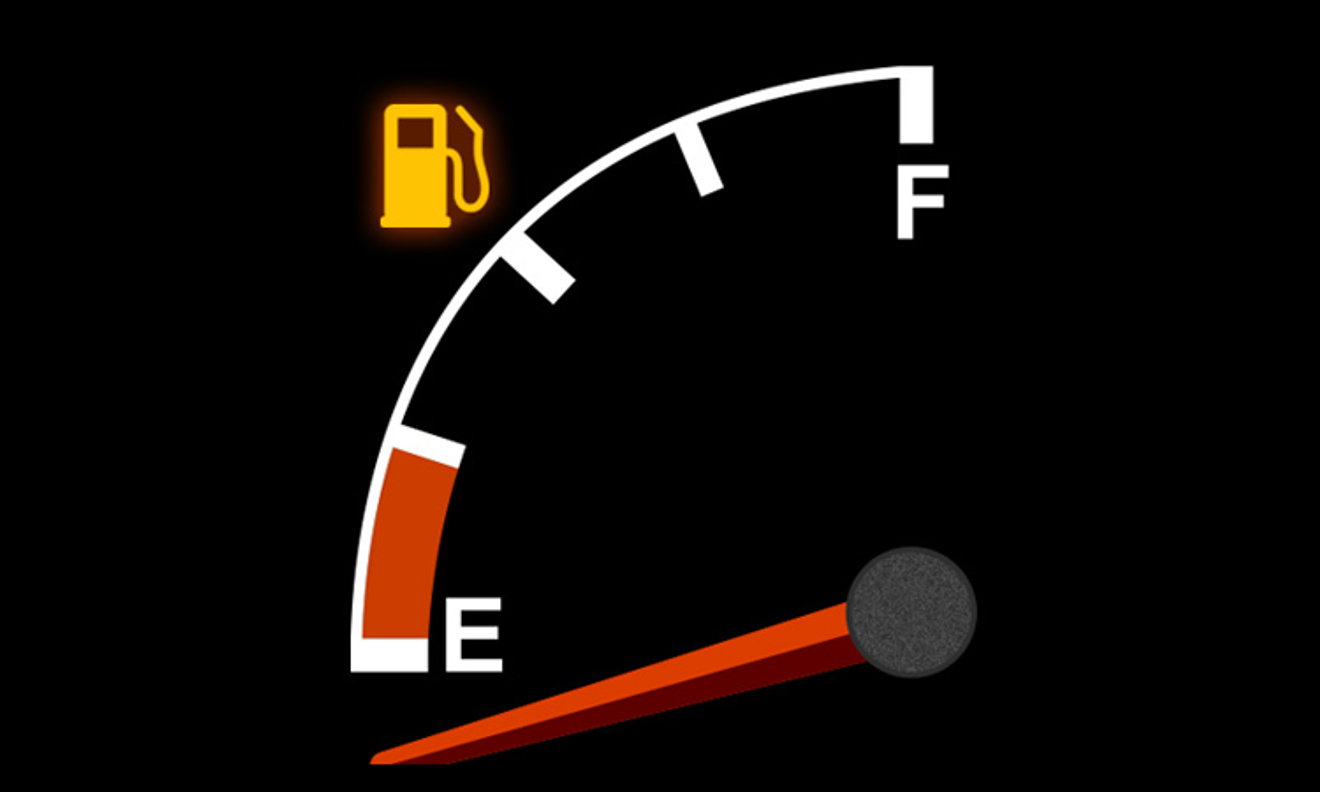When driving a car, the most frequently seen warning light is undoubtedly the fuel warning light. It's frustrating when the light comes on because you feel like you just filled up the tank. If this light illuminates while you're driving in an area without gas stations, you may feel anxious, as if the car might stop at any moment. And at this time, you always wonder, "How much further can my car go?" So today, let's find out how far you can drive after the fuel warning light comes on.
When does the fuel warning light illuminate?
The fuel warning light illuminates when a sensor measures the amount of fuel remaining in the fuel tank and finds it below a certain level. This is a well-known fact. For small cars, it's about 6 liters, for mid-size cars about 9 liters, for large cars about 12 liters, and for LPG vehicles, it lights up when about 10% of the gas remains. This shows that the car doesn't immediately stop just because the fuel warning light comes on.
Sometimes, the fuel warning light flickers on and off. This is because the fuel sloshes around in the fuel tank during driving, causing the sensor to detect and then not detect the fuel level. This can also happen when driving on an incline or while stationary.
How much further can you drive after the fuel warning light comes on?
The remaining drivable distance shown on the instrument panel is the result of multiplying the remaining fuel amount by the fuel efficiency. For example, let's assume that 9 liters of fuel remain in a mid-size car. The fuel light will come on. Assuming the car's fuel efficiency is 10 km/l, multiplying the remaining fuel amount by the fuel efficiency gives the driving distance.
'9 liters X 10 km/l = 90 km'
According to this calculation, the vehicle in the example can travel approximately 90 km further. However, fuel efficiency is affected by weight and speed, so the drivable distance may be shorter if there are more passengers, heavy luggage, or high-speed driving.

Identifying the fuel warning light illumination point of your car
For driver safety, it's better to calculate the minimum value rather than the maximum value of the drivable distance. To determine when your car's fuel warning light comes on, some testing is necessary.
First, start driving on a road close to a gas station when you're about to run out of fuel. When the fuel warning light comes on during driving, immediately fill up the fuel tank. By subtracting the amount filled, as shown on the receipt, from the fuel tank capacity indicated in the vehicle specifications, you can easily determine the amount of fuel that originally remained.
There's a crucial point to note here. Even if you know the drivable distance, it's extremely dangerous to continue driving the vehicle excessively. Fuel contains various impurities, and as the fuel is consumed, these impurities naturally settle at the bottom of the fuel tank. When the fuel tank is almost empty, the concentration of impurities in the fuel is high, increasing the risk of clogging the fuel filter or fuel pump. Also, impurities that haven't been filtered may enter the engine, reducing its output. Diesel vehicles, in particular, may experience condensation due to the temperature difference between the inside and outside of the fuel tank when the tank is empty, increasing the water content in the fuel, leading to a more dangerous situation.
The habit of driving until the fuel is almost depleted after the fuel warning light illuminates can damage major car parts. Fuel is essential for cooling and lubrication, reducing part damage and minimizing wear and tear on the injector, high-pressure pump, and fuel pump. To increase fuel efficiency and extend the life of your car, it's best to refuel when 30% of the fuel remains.
Tip: Most insurance companies provide emergency fuel delivery service. Emergency fuel delivery of about 3 liters is possible once a day, so it's a good idea to check the service list of your insurance beforehand.
Comments0